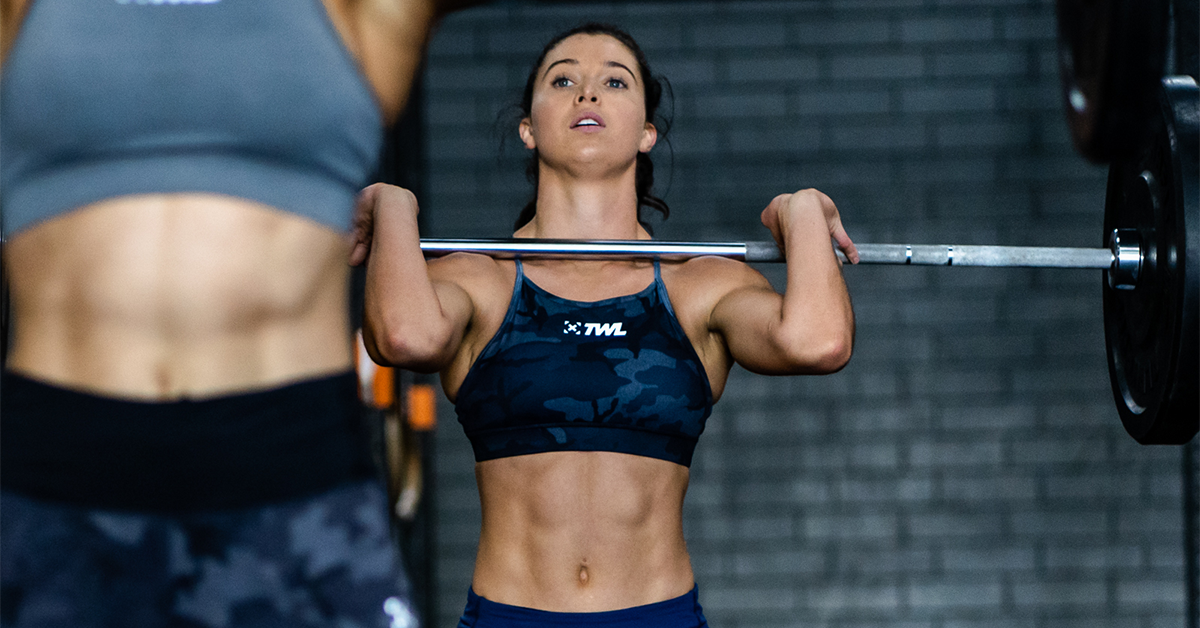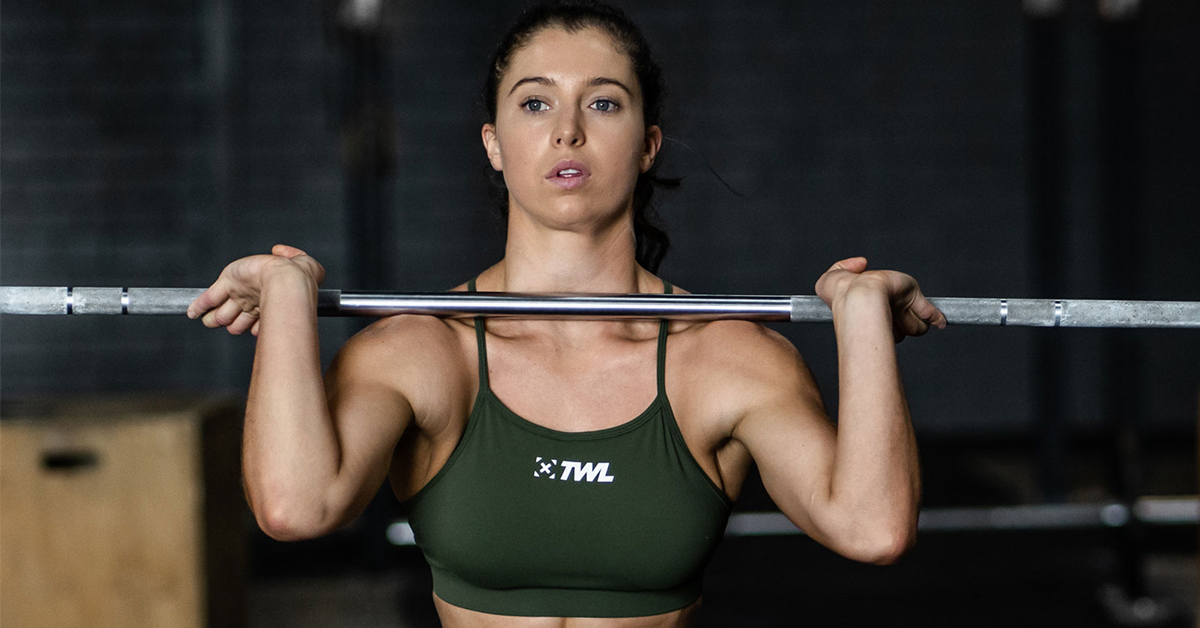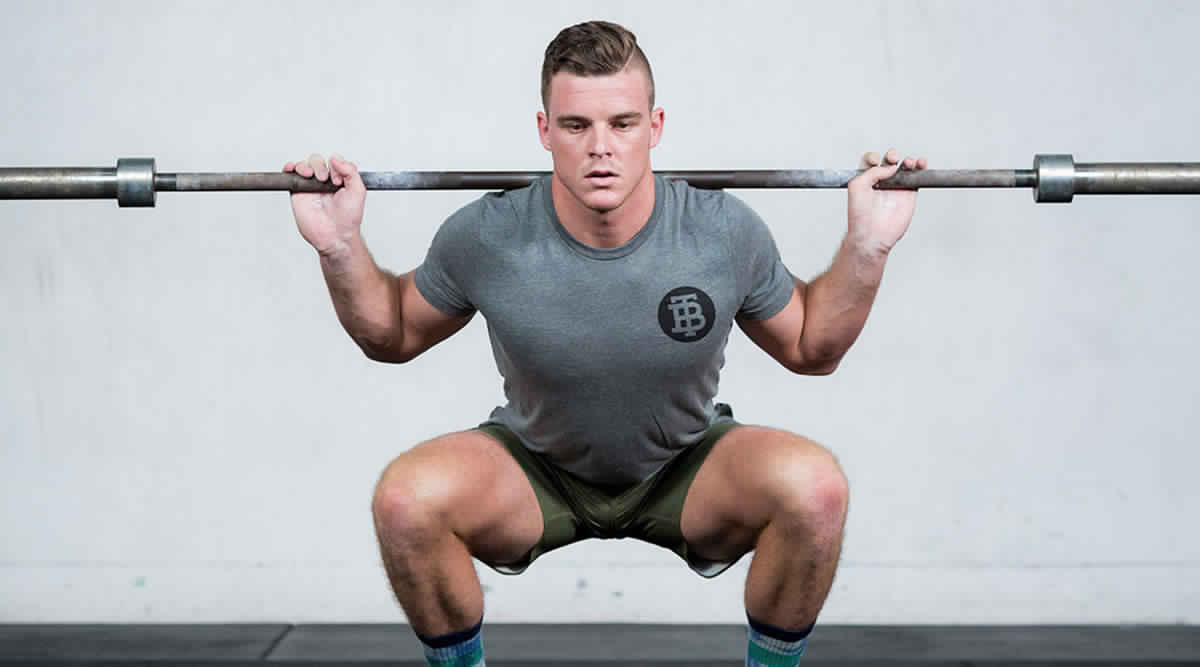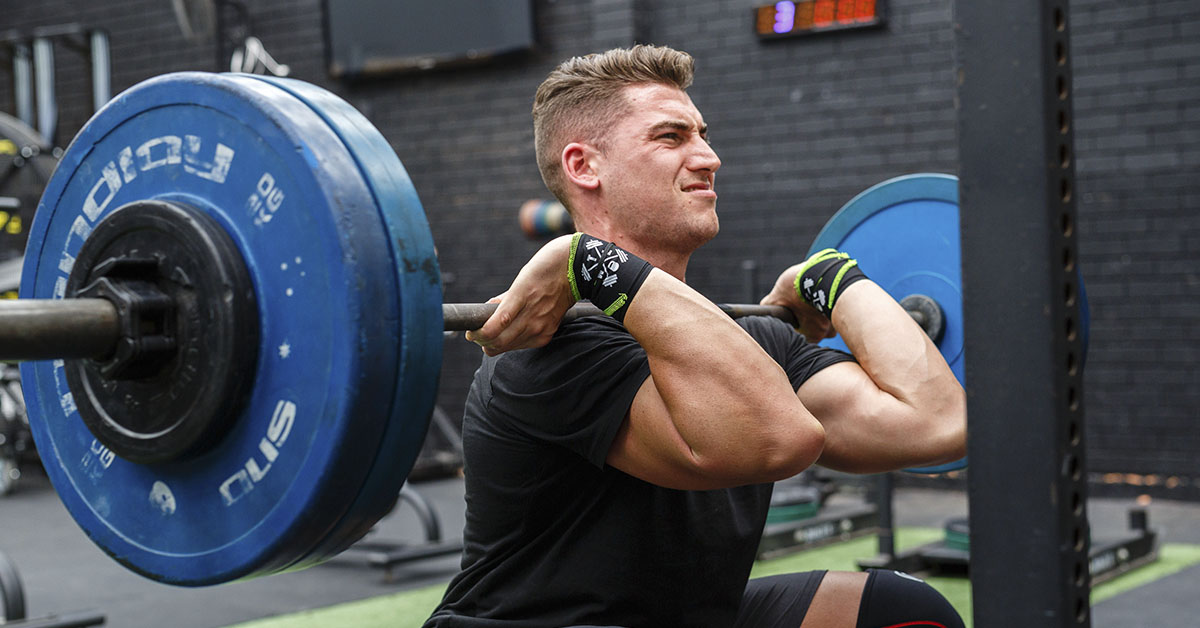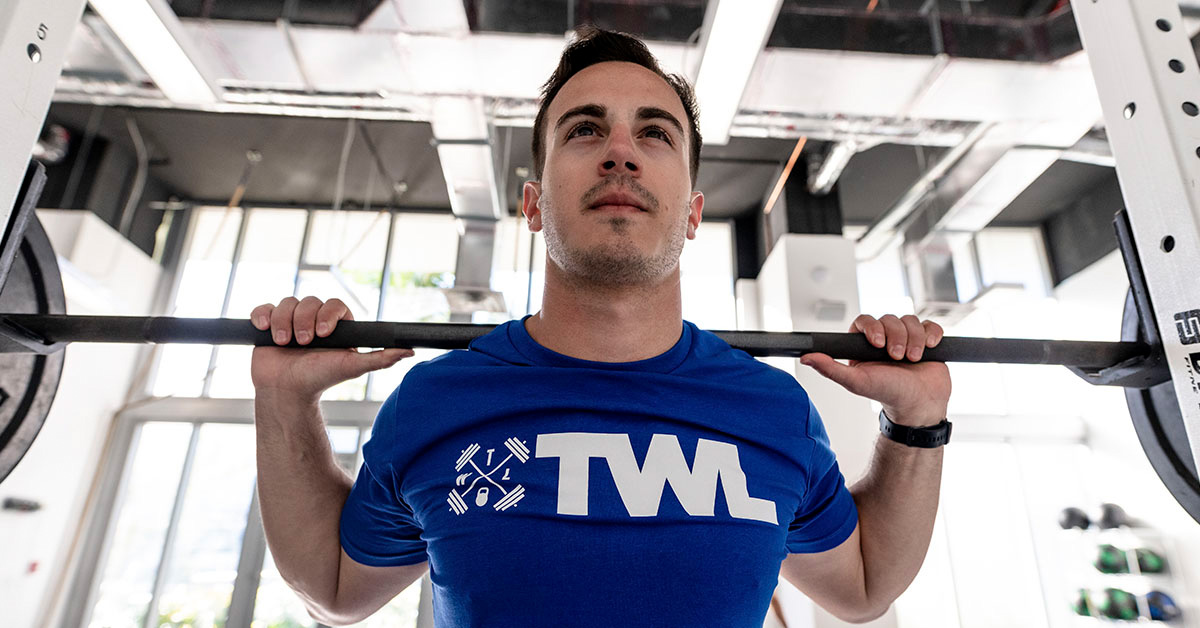You maybe already know that squatting is one of the pillars of fitness. We’ve talked about all sorts of squat variations, but one debate has always lingered. When we’re talking about the front squat vs back squat, which one reigns supreme? Which should you make more time for in your weekly programming?
It’s a little more complicated than, “This type of squat is better than that type of squat.” So, let’s break down all the details.
Psst! If you want to important your front squat, be sure to check out our front squat ultimate guide.
The Front Squat Vs Back Squat
Let’s first break down some of the more unique benefits of each.
5 Benefits of the Front Squat
- Significantly targets the core and upper back.
- More gentle on your spine.
- Forces you to use better posture.
- Directly translates to your clean.
- Quad-dominant.
5 Benefits of the Back Squat
- Significantly targets the lower back.
- You can lift more weight, compared to the front squat.
- Great for improving power and explosiveness.
- Builds strength in the posterior chain.
- Requires less mobility (and you can do high-bar or low-bar squats).
But wait a minute. There’s also a ton of overlap between the two. In fact, there’s even a front squat vs back squat ratio!
Either way you go, you’re going to build total-body strength. In the front squat vs back squat debate, both movements offer benefits that translate to many other things you do in the gym.
What does this mean then, exactly? Is one better for you than the other?
Shop Now
Front Squats vs Back Squats: Which is Better?
The answer is (*drumroll*)… There is no answer! Frustrating, we know.
Let us explain.
It really depends on what your goals are and what you want to accomplish with your programming. Let’s consider each squat individually. The front squat puts the barbell in the front of your shoulders, pulling your body forward and increasing your knee flexion. So, there’s a real emphasis on your quads. You’re also forced to keep your shoulders and back upright. Otherwise, your torso falls forward and you drop the bar. In terms of mobility, front squats will challenge them more. So, if your squat mobility is lacking, these are great for you. Importantly, front squats tend to be easier on the back, since the barbell is loaded in the front. Front squat wrist mobility is also a factor.
With back squats, you can lift a lot more, meaning that if your focus is on building insane strength, these are a good bet. Your posterior chain (the back of your body) is going to feel a serious burn, so back squats are great for building your butt and hamstrings. (To be clear, you’re still going to work your quads and core.) Because of your positioning and the fact that you can lift more weight, back squats are also excellent for improving your power output.
Look at it like this. Much of it comes down to where your center of gravity is. In front squats, it shifts forward. In back squats, it shifts back. So, while a lot of the same muscles are activated for both squats, the degree to which they are activated changes largely because of where the barbell is on your body (in front of your neck vs behind your neck).
Is the front squat better than the back squat, or vice versa? Nope. It depends entirely on you. If you’re looking to become a stronger, healthier person all around, then make time for both each week.
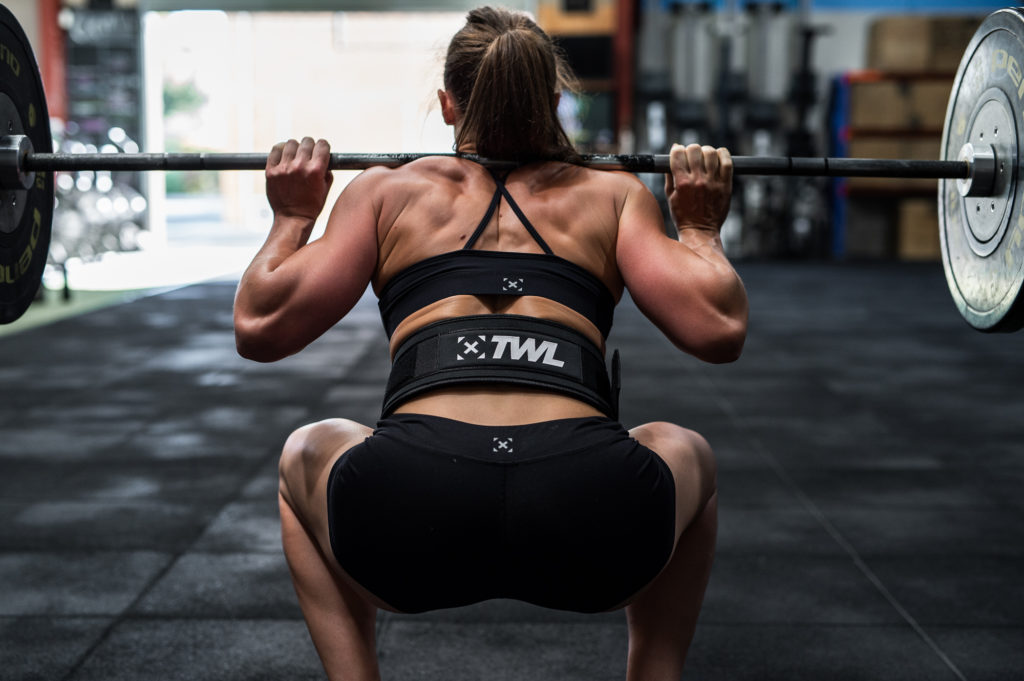
What if I Have Bad Knees or a Bad Back?
Great question! Understandably, athletes dealing with knee pain sometimes avoid front squats. Similarly, athletes battling back pain sometimes stay away from back squats.
To be clear, squats aren’t bad for your knees or back. And importantly, it should never hurt. If it does, something’s not right. It’s always a good idea to talk to your coach or a medical professional if the pain persists.
In the meantime, don’t suffer through any sort of squat if it triggers pain. There are so many ways to work around it. After all, functional fitness is infinitely scalable! Do you want to address the pain? Absolutely. But if, overall, you tend to feel much better after performing one type of squat over another, then it’s always okay to modify your programming to better suit you.
Also keep in mind that if you’re really struggling with mobility, you can opt for box squats whether you’ve got the barbell in the front or the back. Box squats cut your range of motion short so that you can still perform the movement without straining yourself to the point of discomfort or pain. You can gradually increase the range of motion over time by squatting down to something lower and lower.
To give your body the extra support it needs, it never hurts to squat with the proper gear, including a weightlifting belt, knee sleeves, and wrist wraps. A belt provides compression and support after your rib cage ends. Knee sleeves keep the joint warm and prevent soreness. And wrist wraps provide extra support when you have the barbell in the front rack position.
For all the latest in gear and equipment, shop with The WOD Life today.

